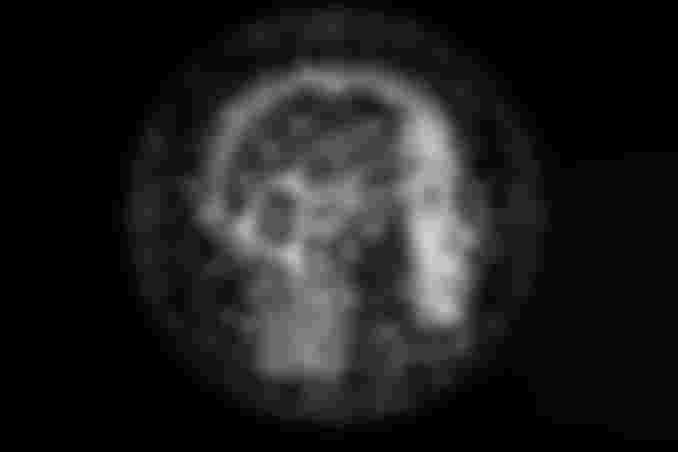I can still remember my first examination in medical school, where we were given limited time to prepare for it. I was so tensed, the thought of failing disturbed me all through the night.
I met with a few senior colleagues, shared my challenges with them.
Every one advised I should start studying with mnemonics, that was the first time hearing of such a term. They couldn't hid their surprise face, and u was greatly embarrassed. Lol! .
I tried a couple of mnemonics before the examination and it was a success.
I know alot of people have heard of mnemonics but not everyone knows how to master them and use them correctly. Good thing about it, they are useful to people of any age. In this article we will be discussing alot on mnemonics.
Here is the table of content for today:
• 1.1 what are mnemonics?
• 1.2 History of mnemonics .
• 1.3 Parts of the Brain involved in Memory storage.
• 1.4 Basic Mnemonic Techniques.
• 1.5 Advantages of Mnemonics.
• 1.6 Limitations of Mnemonics.
• 1.7 Message for my Readers.
1.1 what are mnemonics?

Mnemonics are combinations of different techniques useful in memorizing large amount of information.
Mnemonics works on the principle of replacing abstract objects / Musical cue with already existing words to simplify its memorization. It is advisable we use terms we will always remember. I could remember creating mnemonics on the rotator curf muscles but forgot the codes in the examination hall, it wasn't funny at all. I wept bitterly that day.
1.2 History of mnemonics
Mnemonics was first used by a Greek poet in 477 BC, named Simonides of Ceos. He found the Loci mnemonic method, which is still in use till date.
1.3 Parts of the Brain involved in Memory storage.

The brain plays an important role during memorizing. The brain parts involved are listed below :
♠️ Hippocampus
♠️ Neocortex
♠️ Amygdala
♠️ Cerebellum
♠️ Basal ganglia
♠️ Prefrontal cortex
1.4 Basic Mnemonic Techniques.

Alot of Techniques has been adopted by different people but its advisable you stick with what works for you.
Most people remember events using images, rhymes and even alphabets.
Here are the proven techniques that have been used and positive results has been record.
♠️ Rhyme
During our elementary classes we were taught alot of rhymes which we could still remember most of them. Reason is what we sing or recite everyday tends to remain in our memory. Rhyming words can be used as mnemonics to help us learn and recall desired information.
Using the rhyme method, the learner expected to create rhyming pairs of words containing memorized materials.
For example, forgive me most of the examples will be medically related, if you want to memorize the heart valve sequence ; you can use
TRy PULing My AORTA
Which explains
• TRy - Tricuspid valve
• PULling - Pulmonary valve
• My - Mitral valve
• AORTA - Aortic valve.
♠️ Connection Method
Using this method, you are expected to link with something else that you are conversant with. This makes it easier to remember. It can be used to almost any subject or type of information.
Example:
Let's assume you want to memorize the position of the ulnar nerve. You can called it the
Crazy bone nerve, because it is superficial and is at the medial epicondyle when it's struck, a funny sensation is experienced.
♠️ Loci mnemonic Method
It's the earliest mnemonic technique which is credited to Greek poet Simonides. It is one of the most researched Mnemonics. This method is also called the journey method.
How does it work?
The learner assumes a room or a well known path through a building and mentally allocates facts or information with specific objects or locations along the way.
For the learner to recall what was stored/learned, he assumes moving through that room or along that path and each stop triggers the recollection of already stored information.
♠️ Cicero Method
It uses the technique of creating associations. It is named after the Roman Orator Cicero, who was famous for his speeches. History shows he didn't use tapes while delivering his speeches.
Cicero arranged important facts that needed to be remembered mentally in a well-known room in a strategise order. During his speech, he pictured the room and easily remembered necessary dates and names.
This method is also known as the Roman room method or the seat method.
How does it work?
Let's assume you want to recall the four rotator cuff muscles orderly:
Supraspinatus, infraspinatus, teres major and subscapularis, you will picture yourself walking through your room mentally, sorting through objects one after the other:
" The supraspinatus is waiting at your gate, you will open the front door to meet infraspinatus watching the television, on your entrance to the corridor you will fine teres major trying to remove your portrait, then lastly! You will open your bedroom door to see subscapularis lying on the bed.
With all this mental picture created, you will be able to remember the four rotator cuff muscle easily.
♠️ Alphabetic codes
In this method, the learner forms semantic phrases from the initial letters of the memorized information.
♠️ Aivazovsky method
This method is named after a famous seascape painter Ivan Aivazovsky. It is mainly used in recalling photographic memory.
How does it work?
Look at an object or person for 3 - 5 seconds getting all the details needed, then you close your eyes and visualise the object in detail. Ask yourself questions about the details of the image and mentally answer them. Open your eyes and look at the image for 1 second, getting all the details you had missed out. Close your eyes and try to achieve a clear image of the subject. Repeat the last two steps continuously.
This method is likened to the visualization method.
Other methods include:
♠️ combination method.
♠️ Hanger method.
♠️ Obrien's method ( modification of the hanger method)
1.5 Advantages of Mnemonics

• It enhances memorization.
• It serves time if mastered.
• Long-term memory retention.
1.6 Limitations of Mnemonics.

• It is not efficient in learning foreign language.
• It requires time, skills and patience to master a particular mnemonic method.
• It is not efficient teaching and learning methods as they are not detailed enough.
• If not properly mastered, they could be easily forgotten.
1.9 Message for all my Readers.
Using mnemonic memory techniques can give you the boost in memory you so desire and improves your efficiency in learning as well. All you may need is to practice a few of the listed techniques, then you can settle for the one that suits you most. If you master the technique, they should be of immense help to you in learning and recollection of information.
Thank you for reading, I love you all.




